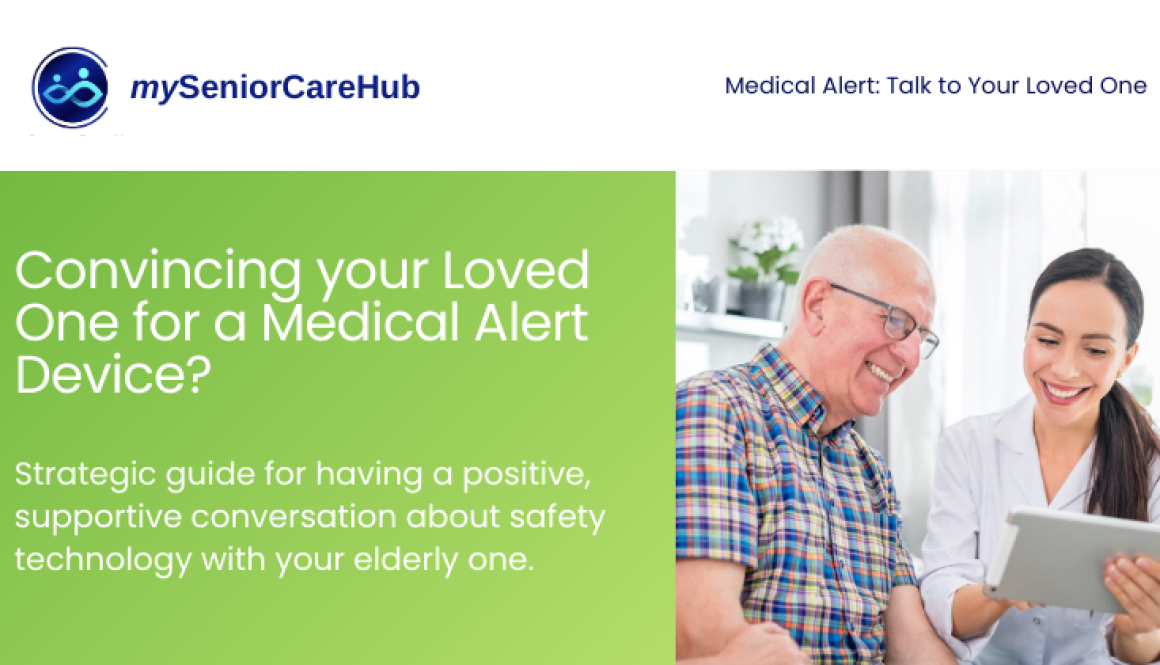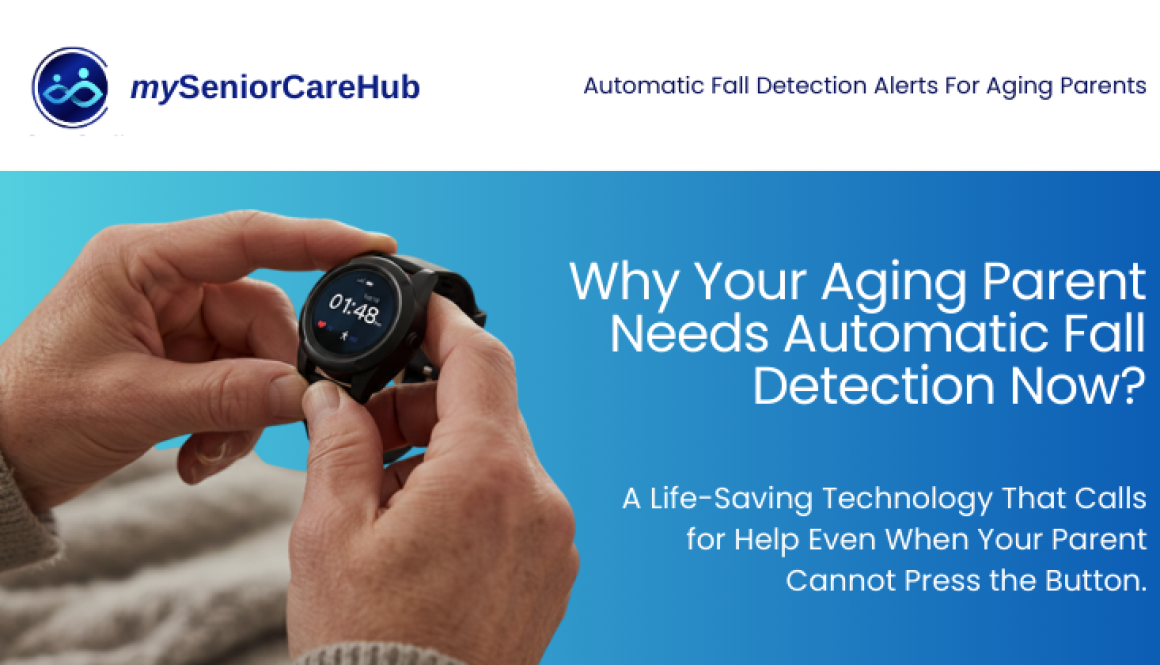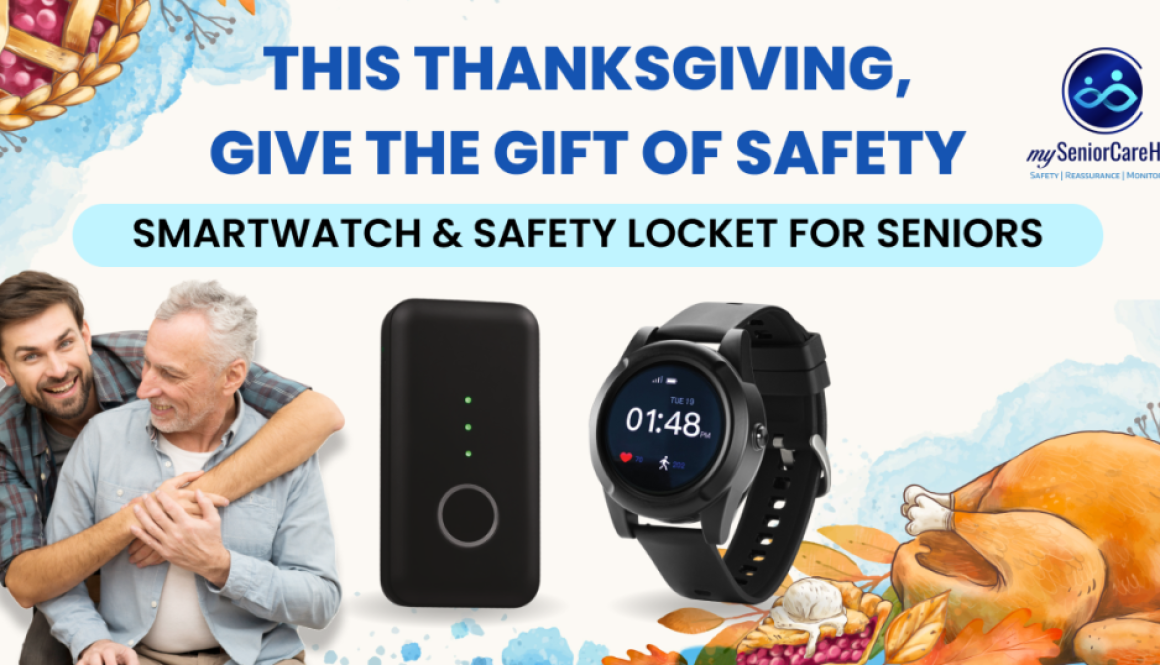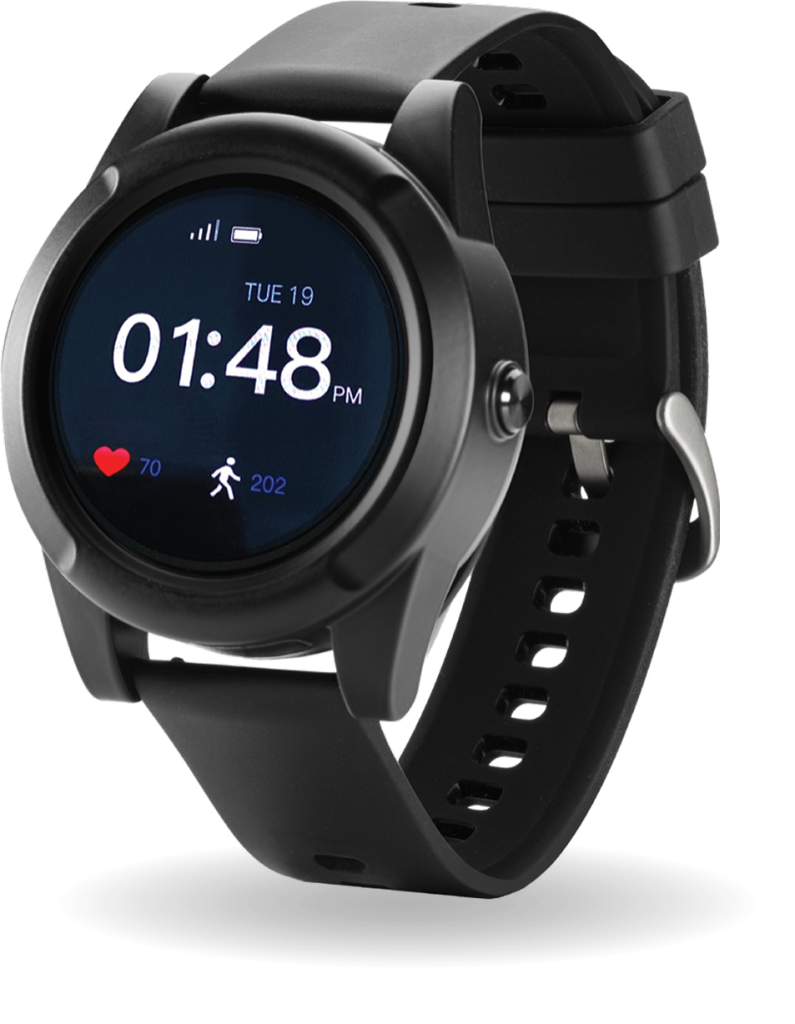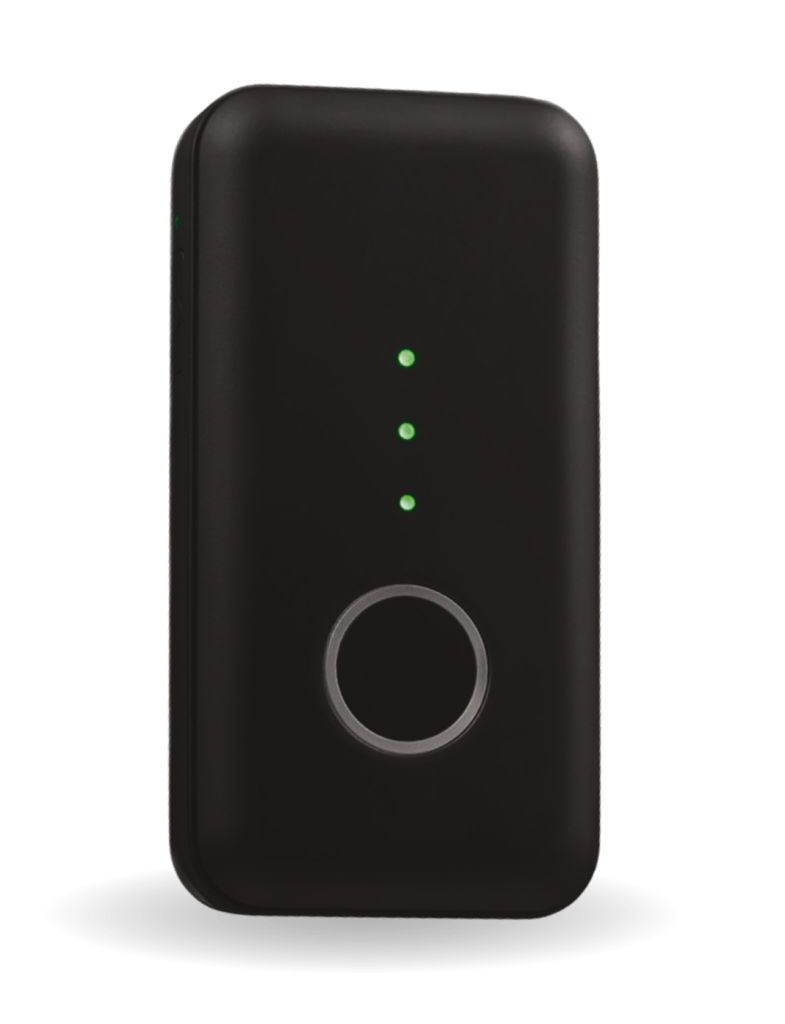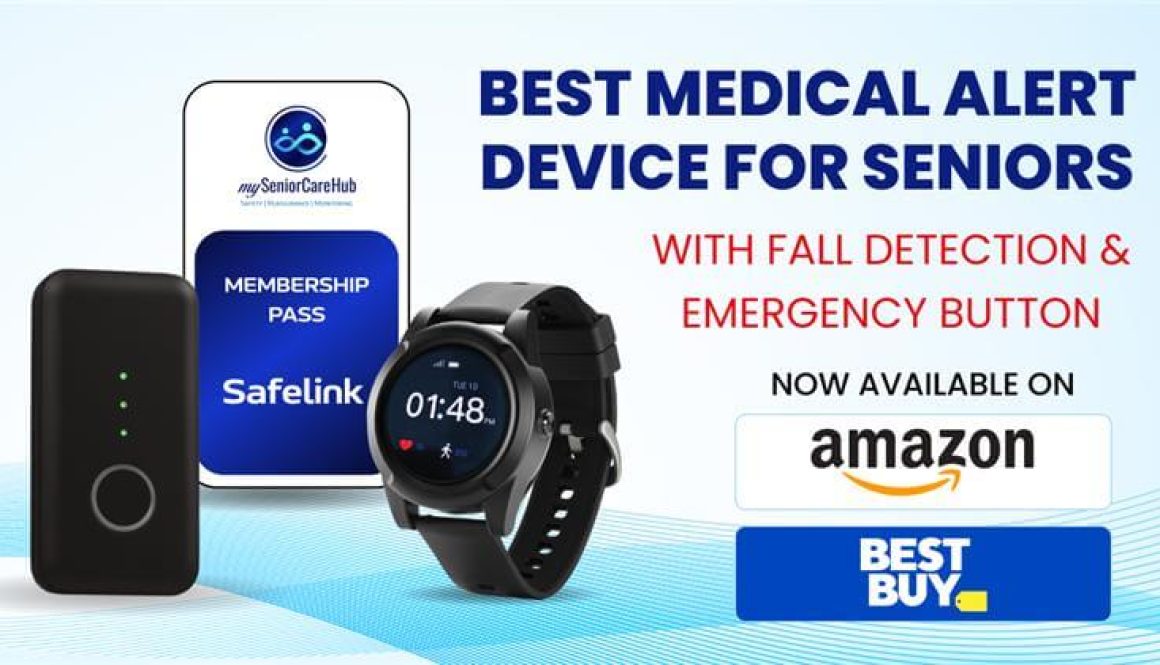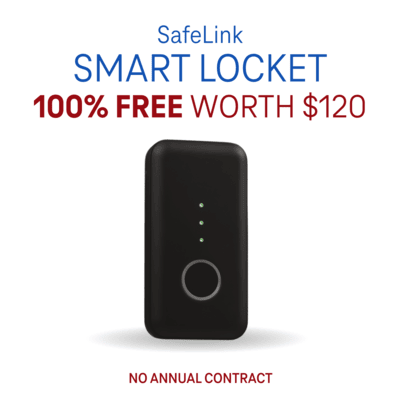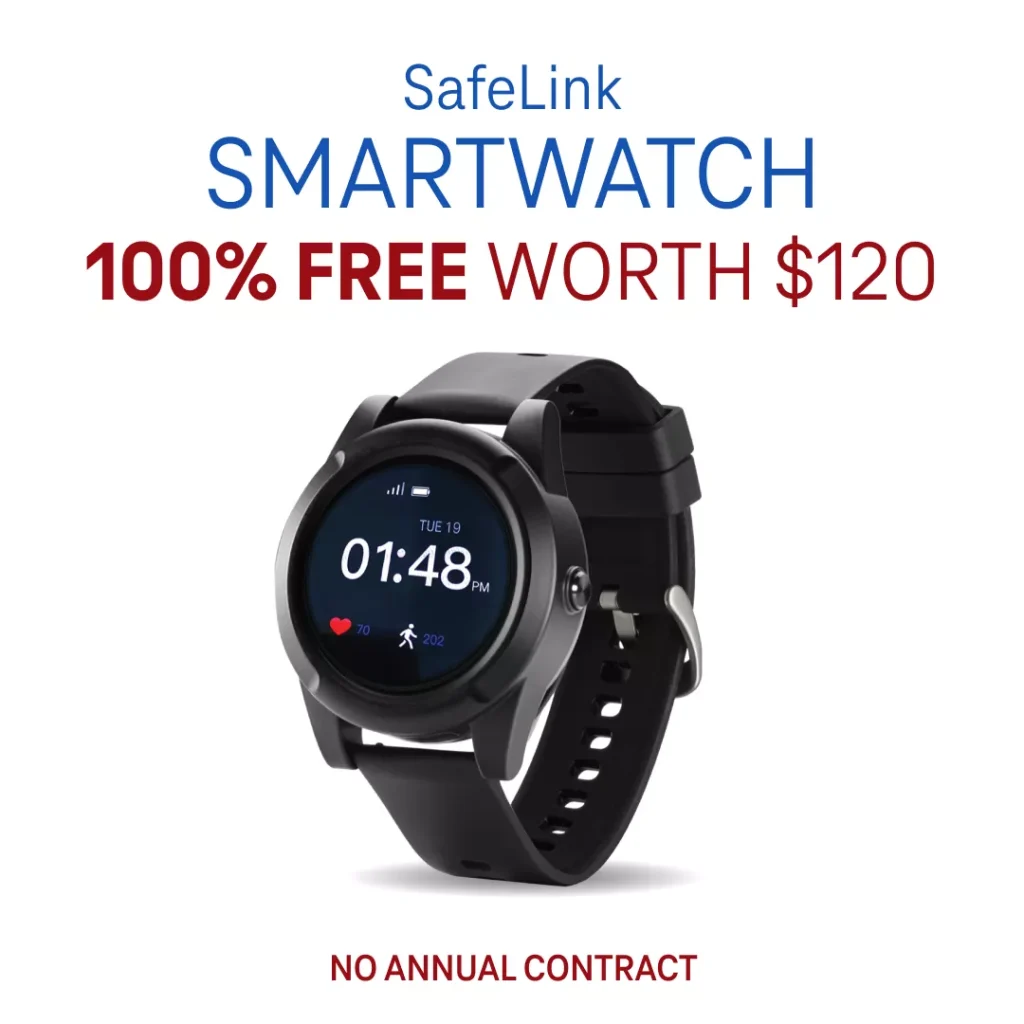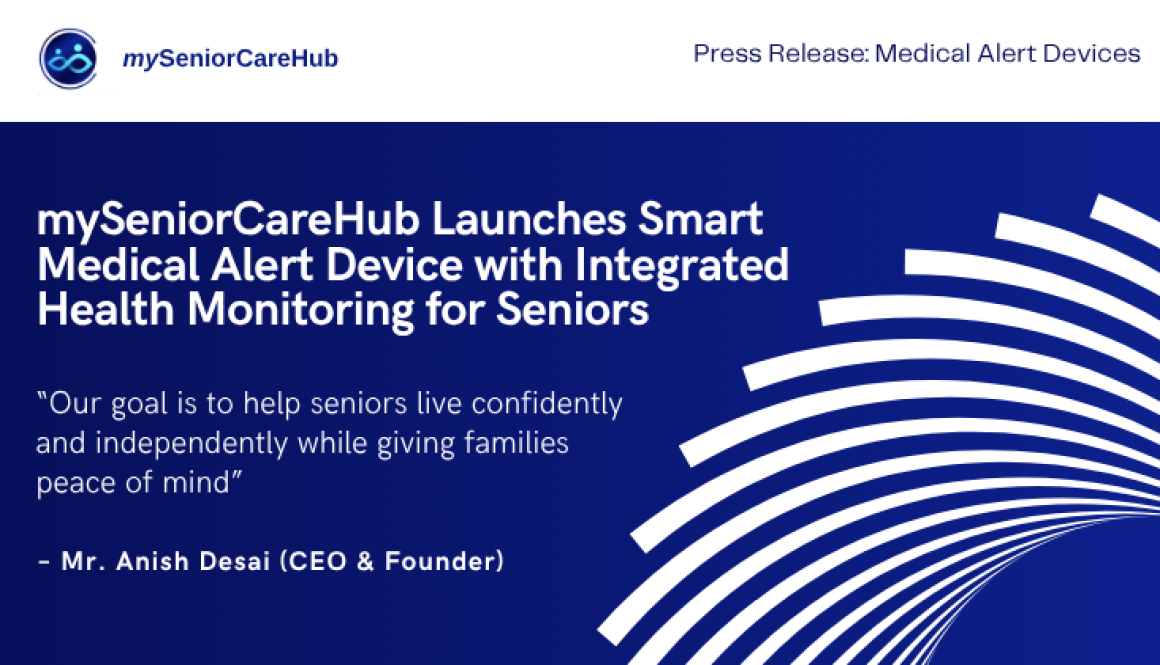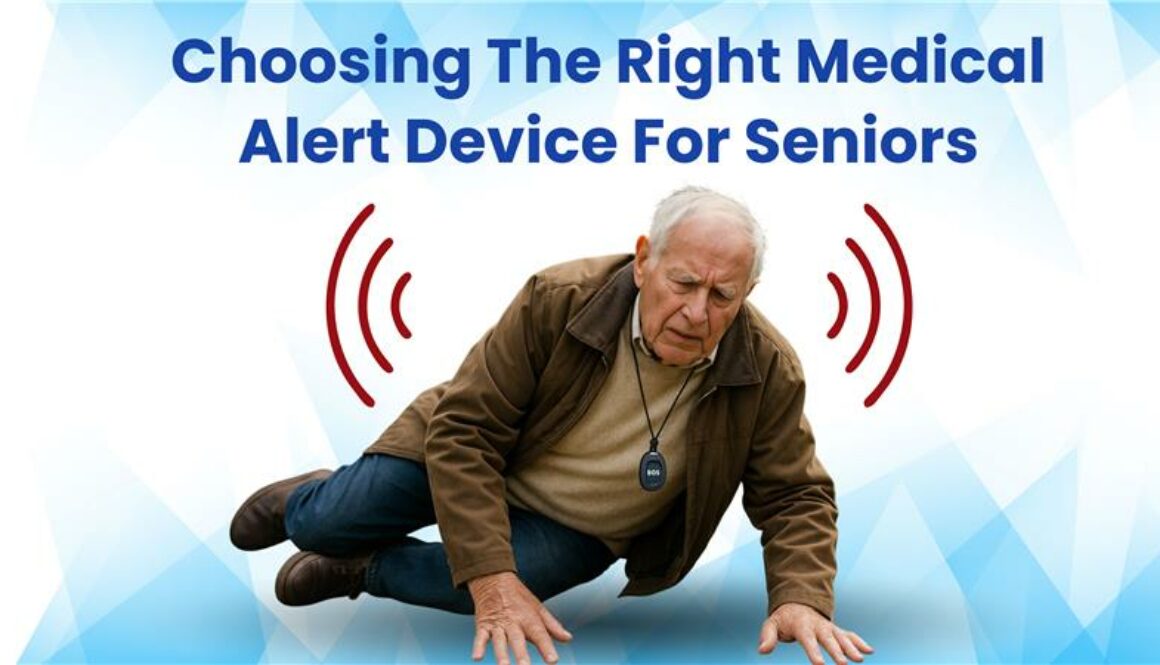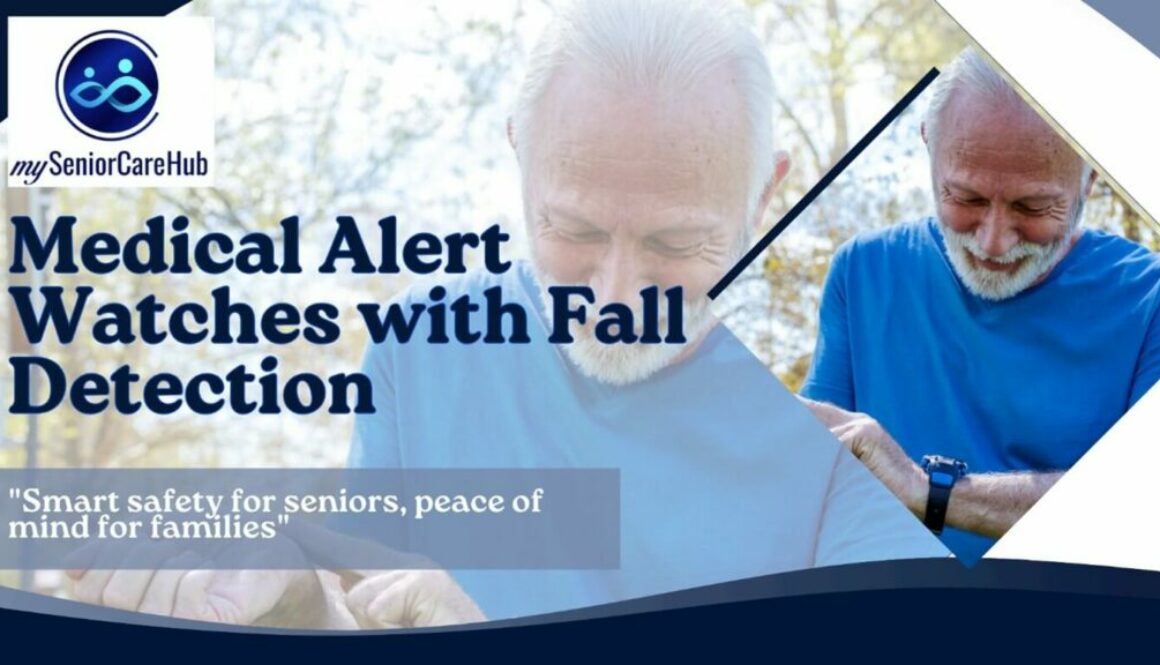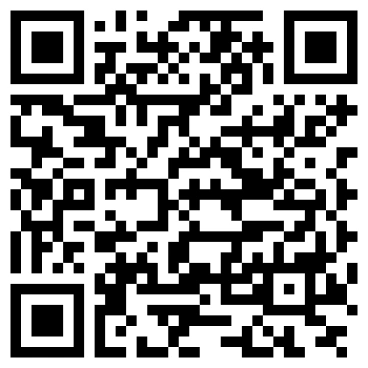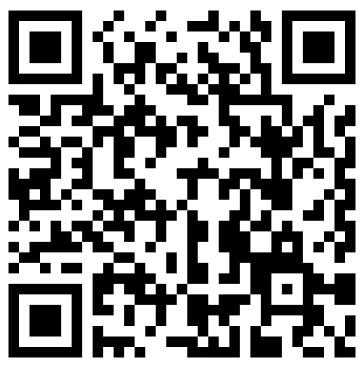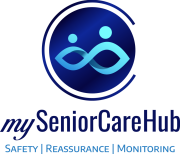How to Convince a Loved One to Wear a Medical Alert Device?
It’s a conversation many adult children and caregivers face: bringing up the idea of a Medical Alert Device with a parent or loved one.
You know it’s a vital safety net to give you peace of mind and, more importantly, offers them instant access to help if they fall or have a medical emergency.
But often, you’re met with resistance. “I don’t need that,” “It’s too expensive,” or the classic, “It makes me look old.” It can be frustrating, but understanding their point of view is the first step to a successful and calm conversation.
Here is your guide to approaching this sensitive topic with empathy and logic.
Start by Listening: What’s the Real Objection?
When your loved one says “no,” it’s rarely about the technology itself. A medical alert device can represent bigger fears about aging, losing independence, or becoming a burden. Before you present solutions, you need to hear their specific concerns.
Here are some common objections and how to gently reframe the discussion:
| If They Say… | The Underlying Concern Is Often… | Your Gentle Reframe… |
| “I don’t need one, I’m fine.” | Fear of admitting frailty or aging. | “I know you’re active and independent, and that’s exactly why I want you to have this; it’s protection so you can keep doing the things you love, without worry.” |
| “They’re ugly and bulky.” | Stigma or fear of looking “old” or “sick.” | “I completely agree! The bulky ones are a thing of the past. We can look at stylish options that look like a normal watch or a nice piece of jewelry.” |
| “It’s an invasion of privacy.” | Feeling like they are being monitored constantly. | “This isn’t about tracking your every move. It’s about knowing you have a connection to help if you can’t reach a phone, whether that’s me, a neighbor, or emergency services.” |
| “What if I press it by accident?” | Fear of being a bother or wasting time. | “Accidental presses happen all the time! The operators are trained for it. They’ll just be relieved to know you’re okay. You’re never ‘wasting their time’ by being safe.” |
Shift the Focus: From “Limitation” to “Freedom”
The most effective way to talk about a Medical Alert Device is to stop focusing on what they can’t do and emphasize what the device allows them to continue doing.
- Make it a Family Decision: Ask them to choose the device with you. Let them pick the style and features. This gives them a sense of control and makes them more likely to wear a device they selected.
- Highlight Independence: Explain that the device is a tool for aging in place. It’s the assurance they need to keep living in their own home, gardening, taking walks, and being independent, knowing help is instantly available.
- Use Facts, Not Fear: Instead of dwelling on scary scenarios, use objective facts. For instance, mention the CDC statistic that one in four adults age 65 and older falls each year. This normalizes the risk without creating panic.
The Modern Solution: Safety That Doesn’t Look Like Safety
Modern technology has revolutionized the Medical Alert Device. Today’s options are discreet, stylish, and packed with features that genuinely enhance an active lifestyle.
A key for overcoming the “ugly and bulky” objection. This is where you can turn a potentially difficult conversation into an easy acceptance. Our Recommended Solution: SafeLynk Devices.
For a Medical Alert Device that blends seamlessly with an active lifestyle, look no further than SafeLynk Devices. They have completely reinvented personal safety with options that prioritize both functionality and appearance.
- SafeLynk Smart Watch: Looks and feels like a sleek, modern smartwatch, but is equipped with advanced features like GPS tracking, automatic fall detection, and an emergency SOS button, all with two-way audio. No one has to know it’s a medical device; it’s just a stylish watch.
- SafeLynk Locket: For those who prefer a traditional necklace, the Locket offers a beautiful, discreet pendant that hides powerful technology, including fall detection and one-touch access to help, while looking like a thoughtful piece of jewelry.
SafeLynk Devices ensure that a Medical Alert Device is no longer a symbol of frailty, but a smart accessory that supports independence, mobility, and confidence.
Ready to give yourself and your loved one the ultimate peace of mind?
Explore the stylish SafeLynk Smart Watch and Locket and find the perfect Medical Alert Device solution today!

